Tire patching is a method to restore the original appearance of the wheel part. People use the patch method because their car does not have too big a problem, and they just need to perform small tips to save the budget.
However, not everyone is good at this, and the best solution for them is to seek the help of repair shops. So, how much does it cost to get a tire patched?
This task will cost you between $5-$20, depending on the severity of the tear. Of course, some shops will give you free if you buy their replacement tires!
Why Do Tires Go Flat?The process of moving is subject to many external forces, causing the tires to deflate. The cause comes from many sides, but it is not a coincidence.
There are three ways to explain this phenomenon:
When it meets the right, less durable sides, it will puncture the tire, and the gas leak occurs the next day. However, the process will take a long time, depending on how severe the object has been.
Can we take this as another way of stating protection? It’s not too difficult to do; even with just being meticulous, you have adequately protected your tires. Here are three measures to refer to:
Here are three measures to refer to:
Regularly taking your tires in for maintenance is the best way to protect your car. Here, the tires and the whole as a whole will be to detect potentially harmful problems and then provide solutions to protect and eliminate the risk. As for the tire, it will be to look for wounds, thereby limiting deflation.
Avoid hazardsAlthough it is difficult to guarantee that it is 100% avoidable, try to keep the collision rate as low as possible.
When entering a road with signs under construction or places full of potholes, you should adjust your driving speed, carefully look at the road, and make sure the tires do not encounter dangerous objects.
Track tire recallsAlthough the manufacturing process of the auto industry is always rigorous, there are also shipments with incorrect specifications that cause dangers when used. You should follow the brand to know more about recalls, if any.
It’s up to you whether you want to use a gluing service. Don’t confuse gluing with car patching. The meaning of the word “patch” is clearly as a measure to repair wounds and holes that make the car unable to operate. As for gluing tires, paste the letters on the wheel body to increase aesthetics.
It does not have any effect in protecting the wheel body. Although manufacturers do mention the longevity feature of long-lasting tires, it’s important to remember that there’s too much to decide whether the wheel or running tire itself will last a long time.
How Much Does It Cost To Get A Tire Patched?The cost depends on the selected maintenance center; the amount of this service is not uniform. But the number is not too expensive, ranging from $30-40$ for a patch.
A mechanic takes 15 minutes to remove the tire from the rim to find the leak and 20-30 minutes for the repair and finishing work.
Although the job is not too difficult, it requires a high level of skill, so for some shops, the price to fix the car can be higher than $5-10$. You can also buy the equipment and repair it yourself. But honestly, we don’t recommend this.
What If You Can’t Use The Tire Patch?In case you cannot repair the patch, then bring it to the center for support. There, they will have specialized tools and professional ways to ensure safety after patching. Mastering knowledge and experience is always good in all situations, primarily related to security.
Tire Maintenance TipsTire pressureWheels always need to be in a stable gas state, and it helps maintain the movement and increase the ability to support the force. The gas pressure should not be too high or vice versa.
When the air in the wheel is too low, the speed of travel slows down, and the tires cannot overcome obstacles, especially rough roads.
But if it’s too tight, it will explode because it can’t handle operation pressures well. The primary advice is to use a dedicated gas pressure gauge to catch and control the gas in the wheel well.
Tire rotationPeriodically try to rotate the tire to prolong its life and evenly distribute the wear on all four wheels. Regardless of whether you do it yourself or with professional help, this is an excellent opportunity to grasp the damage situation that the vehicle is facing.
Do not overloadThere are indicators recommended to users in each one, including the load that the tire can withstand and the notes not to do.
To ensure safety, you should carefully read the notes and avoid carrying too many unnecessary items to put pressure on the body and the wheels.
Tire balanceExperts recommend that users balance the tires after traveling 12,000 miles or when the car has problems with the steering wheel.
The balance helps evenly distribute the force on all four tires, limiting rapid wear. It also eliminates vibration, creating a comfortable feeling for the user.
For more tips, watch this video:
ConclusionAbove is the knowledge related to the tire patching process or wheel maintenance. We hope that this knowledge can be helpful to you when you encounter similar situations. Do not hesitate to share the information with your family and friends because they may also need it.
Is the article PERFECT for your needs? Do you have other useful knowledge? Please share with us via the comments below. We are happy to share with you!
Thank you for reading!
This post was last updated onTire patches are a huge money maker for auto shops. They don’t require much labor, and the cost of a patch is really low compared to most other auto parts.
They don’t require much labor, and the cost of a patch is really low compared to most other auto parts.
But what is a good price to pay to get a tire patched? Well, that depends. If you patch the tire yourself, expect to spend $6.00. If you take it to the shop, you’re looking at spending anywhere between $10-$40, depending on the situation.
Patching tires yourself is always everyone’s first instinct, since the cost is so low. But many people are deterred when they find out they can’t, due to any number of reasons. Deciding when to do it yourself, versus taking it to the shop is what we’ll explore in this article along with why tire patches can be so pricey. We’ll outline the different reasons you should, or shouldn’t do it yourself. We’ll also examine the different types of patches and the pros and cons of each.
I used to work at a shop on a main highway. Every day, during rush hour traffic, at least 3 customers came in requesting a tire patch. Over the years, I’ve learned the simplicity of the tire patch can be deceiving. Not all tires are created equal and the same goes for patches.
Not all tires are created equal and the same goes for patches.
When a shop patches your tire, most of the cost stems from the mechanic’s time.The wholesale price of a tire patch is less than $2.00. The glob of bead sealer that’s used to seal the patch costs less than $0.10.
But it takes the average mechanic about 15 minutes to patch a tire. Most shops charge around $120 per mechanic hour, so you’re looking at $30-$40 for time and parts. If you want the tire re-balanced, as is recommended, tack on another $13.00.
While a tire patch is among the most simple jobs, it takes time away from mechanics who could be working on higher paying, more demanding jobs. Hence, the hourly rate being applied to the job.
Not all tires can be repaired. There are some tests that mechanics, or you yourself, can perform. Doing these tests will give you a good idea as to whether or not your tire can be repaired.
When your tire becomes flat, the first thing to do is not drive on it. Driving on a flat tire, even for a short amount of time, can damage it beyond repair. When a tire is operated without air, the vehicle’s weight crushes the tire’s innards turning it to dust.
Driving on a flat tire, even for a short amount of time, can damage it beyond repair. When a tire is operated without air, the vehicle’s weight crushes the tire’s innards turning it to dust.
The next thing to do is see what caused the flat. Nails directly in the middle of the tread are a common occurrence. They can be easily spotted from a distance. If you can’t see it, running your hand around the tread will reveal the location of the nail.
Tire punctures that occur within 2 inches of the sidewall are considered non-repairable. This means neither you, nor the shop, can repair this.
It’s actually against the law for auto-shops to repair tires that have punctures close to the side wall. The issue is, tire patches placed close to the side-wall often result in tire blowouts, due to the shifting nature of a tire’s sidewall to tread relationship.
A good test to measure the distance between the puncture and the sidewall is to place your thumb in that space.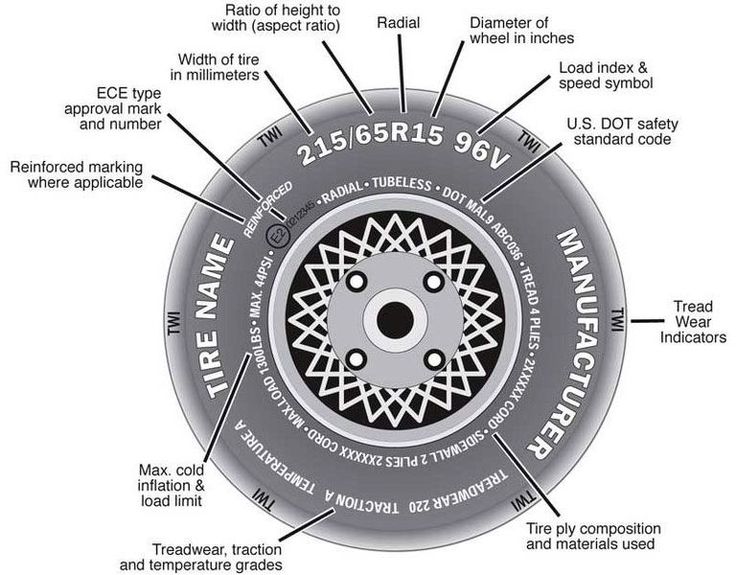 If the puncture is a thumbs width (or more) away from the side wall, you’re in the clear.
If the puncture is a thumbs width (or more) away from the side wall, you’re in the clear.
If not, sadly, it’s time for a new tire.
The length of the puncture is the next thing to look at. Most nail punctures are just as wide as the nail itself. In this case, with the puncture being so small, it’s ok to plug the tire yourself. But if the length of the puncture is 2 ½ inches or more, you cannot patch it.
You cannot patch it, or a shop cannot either. Punctures this large are not repairable, because patches aren’t meant to hold in air over that big of an area.
The inner tire liner doesn’t become fully sealed, even with the largest patches available. If your puncture is more of a gash in the tread, it’s time for a new tire.
Fully patching a tire requires you to complete the following steps.

So as you can see, the full, official way to patch a tire is quite involved. This is why you can see prices up to $45.00 for a simple patch.
If the tire has to be rebalanced, that’s around $13.00 and if it needs new valve stems, or a TPMS sensor, this can also tack on extra costs.
This patch is so effective that it saves you from having to purchase a new tire. You can enjoy the full length of the tire as if no puncture ever happened. Patching a tire can be quite the life saver when you’re in a jam.
The obvious issue here is that tire machines aren’t commonplace in the average driver’s house. So doing it yourself this way isn’t really feasible, but the method we discuss next can be done almost anywhere.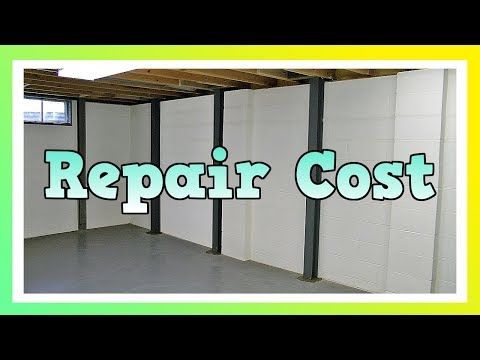
Tire plugging is a simple fix applied to various types of tire punctures. The majority of tire punctures can be repaired by doing a plug yourself.
To plug a tire, just push the plugging strip with the T-Handle in as far as it will go. Then, with all your might, quickly pull the t-handle out. This will plug the tire, and all that’s left is for you to cut the excess plugging strip away.
Tire plugging is looked down by Tire Shops because they consider it not fully seal the surface. But I’ve plugged well over 500 tires, and have never had an issue. Most independent shops are fond of tire plugging as well, since it keeps prices down for them, and the customer.
Tire plugging can be done by yourself, in your driveway. If you don’t feel comfortable doing it, call up an independent shop and ask if they plug or patch tires. Most likely, they probably offer both, but they’ll charge half for a plug, compared to what they would for a full patch.
Plugging tires, while usually a simple task, can turn into a complex issue. For example, if you plug a tire, and you can still hear a slow hissing noise, it can be a pain to hunt down the source of the leak.
For example, if you plug a tire, and you can still hear a slow hissing noise, it can be a pain to hunt down the source of the leak.
Or if you spray the whole tire down with soap in order to locate the leak, and can’t find it. You might start to question your sanity. Don’t! These issues can take up hours, even for master techs.
There’s actually a machine in some tire shops that puts the tire under water using a crane-like object from above. Even this machine still fails sometimes, and mechanics are left scratching their head. So if you start to encounter any issues of locating the leak, or plugging a leak, it’s time to take it to the shop.
If the tire is totally flat when you walk out to your car, you should be able to use your spare tire, and repair the issue at home with a plugging kit. But if you plug the tire, and it’s still leaking, take it to the shop and let them repair it.
If you are questioning the length test or edge test results, it’s also recommended that you take it to the shop. Some mechanics will say, “use double the amount of plugs”, to fix large gashes. This is wrong. If one plug can’t fix it, take it to the shop and see what you can recoup.
Some mechanics will say, “use double the amount of plugs”, to fix large gashes. This is wrong. If one plug can’t fix it, take it to the shop and see what you can recoup.
But for the majority of situations, where a nail has punctured your tread somewhere in the middle of the tread face, it’s totally acceptable to purchase a plug kit, and do the repair yourself. It will save you a couple bucks, and you will have had the opportunity to go under your car to do a quick visual inspection. Or take off the tire and glance at the brake pads.
The safety of movement directly depends on the condition of each wheel of the car. Our company has been repairing car wheels for over 15 years. Our workshops are equipped with the most modern equipment to repair tire punctures at low prices and other damage. Our masters are qualified and periodically undergo various trainings.
Just one puncture or a slight swelling of the rubber significantly reduces the level of safety and driving comfort, and is the most common reason for a car owner to visit a tire service.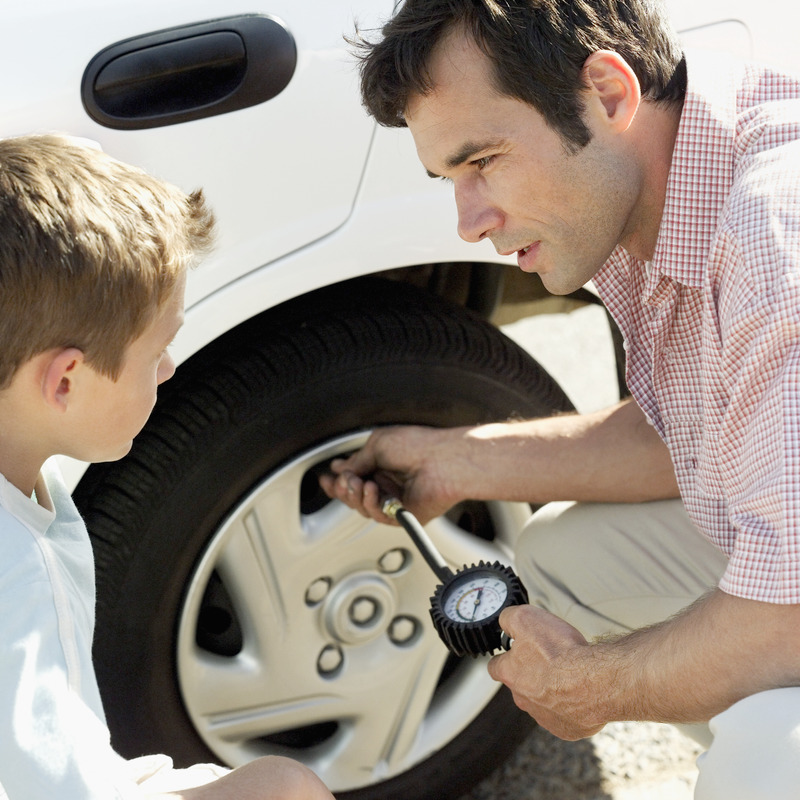
These can be the following mechanical defects:
If a tire is damaged, you can install a spare tire, but it must be repaired as soon as possible, since no one is immune from the next puncture of another wheel. It is also important to note that the life of the running gear, and the operation of the car as a whole, also depend a lot on the factors listed above, so never put off repairing damage to the wheel of your car for a long time.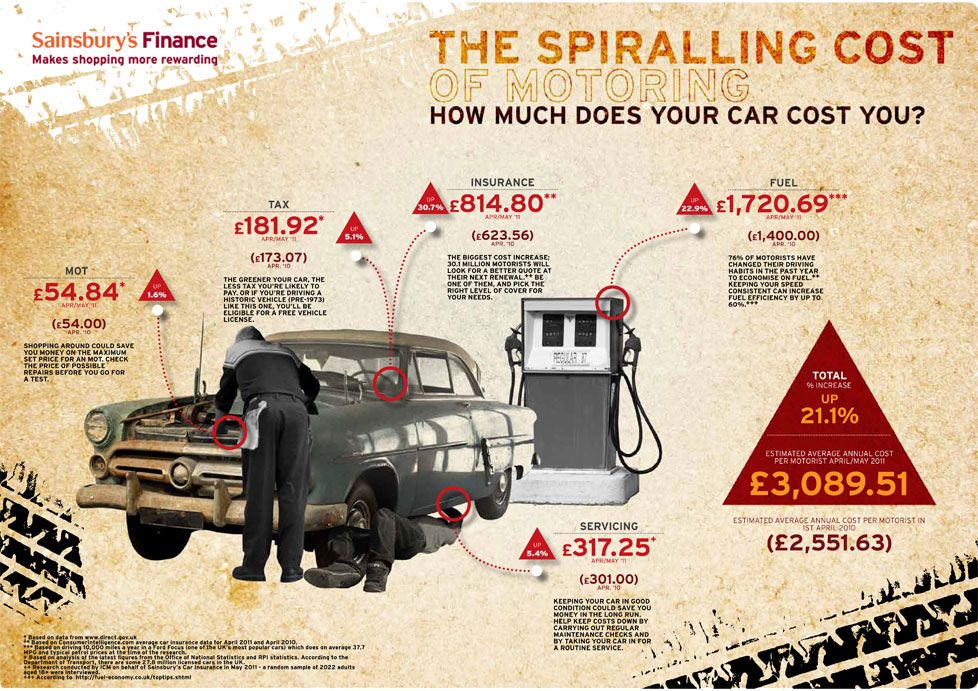 This must be done in professional conditions and before wondering how much it costs to repair a puncture, it is better to find a tire service in Moscow with modern equipment and the highest level of service.
This must be done in professional conditions and before wondering how much it costs to repair a puncture, it is better to find a tire service in Moscow with modern equipment and the highest level of service.
| Fungi | Price | Patches | Price | Patches 2 cord. | Price |
| Diameter 3 | 250 | Umid | 150 | R-18 | 400 |
| Diameter 6 | 300 | Umax | 150 | R-20 | 450 |
| Diameter 9 | 350 | R-8 | 200 | R-25 | 500 |
| Diameter 12 | 400 | R-10 | 200 | R-33 | 550 |
Modern cars are characterized by excellent maneuverability and the ability to move comfortably at a fairly high speed. However, these improved parameters are very "dependent" on the condition of several important transmission units, of which the wheels of the car occupy almost a central place. A similar factor is due to the operating conditions: the adhesion of rubber to the road surface and the friction forces arising from the contact of the rubber tread and asphalt. To eliminate any deformation loads, it is important to create a calculated, balanced rolling, and given the high speed, the ideal parameters of the wheel, or rather, the tire and disk as a single component as a whole.
However, these improved parameters are very "dependent" on the condition of several important transmission units, of which the wheels of the car occupy almost a central place. A similar factor is due to the operating conditions: the adhesion of rubber to the road surface and the friction forces arising from the contact of the rubber tread and asphalt. To eliminate any deformation loads, it is important to create a calculated, balanced rolling, and given the high speed, the ideal parameters of the wheel, or rather, the tire and disk as a single component as a whole.
If a car tire has been punctured and no repairs have been made, an imbalance is created:
 The result of such a negative phenomenon is increased tire wear in a certain place, mechanical wear of ball joints (supports, steering tips, rods, silent blocks).
The result of such a negative phenomenon is increased tire wear in a certain place, mechanical wear of ball joints (supports, steering tips, rods, silent blocks). If you do not want to reduce the resource of expensive chassis elements, it is better to take care of their integrity in advance and contact the professionals - the tire fitting masters of the company “….”! We are ready to quickly and inexpensively repair a tubeless tire puncture of any nature, and the low price will be a pleasant surprise for you!
Still have questions?
The nature of the damage can have a variety of physical parameters, which directly affect how the tire puncture will be repaired. Before repairing a wheel, we carefully study the size of the hole, its location, and even the angle at which the entry of a sharp object occurred, as this is an important influencing factor in the speed index. A tubeless tire puncture can be repaired in two ways:
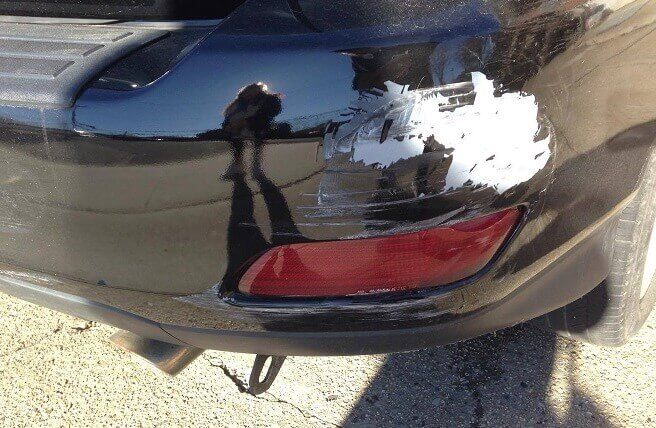 The advantage of this technology is the elimination of a puncture on the spot if the source of damage is visible (for example, a screw).
The advantage of this technology is the elimination of a puncture on the spot if the source of damage is visible (for example, a screw). A car tire puncture is repaired using the selected technology using a patch of predetermined dimensions and a professional adhesive. The price of the service depends on the area and nature of the damage, as well as on the need to use the hot vulcanization technique.
Our company's website contains a price list where you can find out in more detail which wheel puncture can be repaired and what its price will be.
Any kind of damage can result in negative consequences that will affect driving safety and stability on the road. And if the majority of punctures can be repaired in the service or repaired by oneself, then the side cut of the tire often forces one to resort to a complete tire replacement. Riding on damaged tires in the usual mode is extremely dangerous. How to fix a tire so that you can ride comfortably without consequences, and is it possible to seal or repair a cut tire? We will answer these and other relevant questions for motorists in this material.
Modern service centers can repair a tire after a front or side puncture. You can repair a tire, thanks to the universal set of a motorist, with your own hands. It is enough to seal the hole with a special tourniquet.
Is this type of damage dangerous and should it be replaced? Only the master can unambiguously answer the question, having studied the lateral damage. The specialist will determine the nature of the puncture that needs to be repaired and offer a complete tire replacement or repair. It is inexpedient and dangerous to close up a large puncture, due to which the tire is deformed.
To determine how to close a side cut, you need to study the type of damage:
Sealing a cut on a tire is much more difficult than a normal repair, so it is often necessary to perform an involuntary replacement of tires. Repairing the wheel is impossible due to side wires and threads that break under side load. Taping and repairing lateral damage will not help repair the threads. Any obstacle or potential contact with a bump at high speed will have the adverse effect of bursting the tire due to the load, resulting in a dangerous loss of control.
A side puncture is less dangerous than a longitudinal cut. However, not every defect requires replacement. Masters will be able to repair tires if the deformed area placed along the carcass threads does not exceed 50 mm. The possibility of repair is also available if the side cut located across the tire threads is less than 30 mm. However, we do not recommend doing repairs in this case with your own hands. To preserve the protective properties and avoid possible negative consequences, it is necessary to use professional equipment.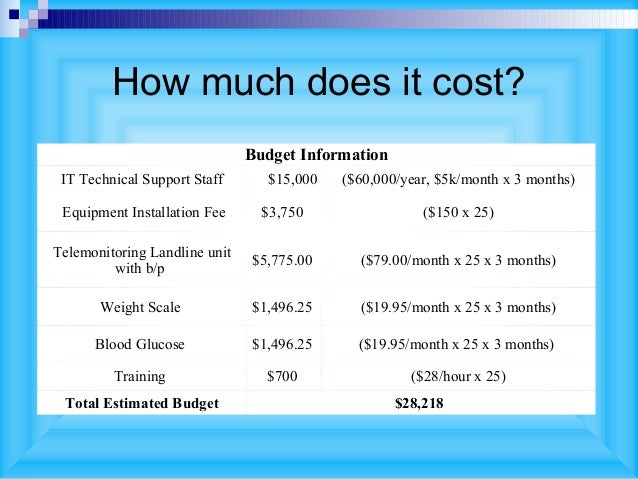
Should cuts be repaired? A popular question for motorists who are faced with a choice is whether to seal a defect or replace a wheel. The possible consequences of cuts scare car owners, but do-it-yourself repairs are more attractive because they are cheaper than buying fresh tires.
To avoid dangerous consequences, it is forbidden to seal small and large side cuts if you need to repair more than 10 cords and close up a hole larger than 30 mm. It is possible to repair tires for passenger cars with a side cut of the tire if it is a shallow scratch.
Driving with a cut in a tire is not safe. The degree of risk depends on the nature of the damage and the experience of the specialist who will seal the seam. Before sealing the hole with your own hands or entrusting a restoration to a specialist, you should examine the lateral damage. Manufacturers recommend replacing tires if it is necessary to seal 20 mm or more. However, if it is possible to change a wheel, the opportunity should be taken as soon as possible. Since even a small defect is dangerous during the trip. During operation, a hernia is formed, which explodes if timely replacement is not made. If you drive on a tire with a side cut for a long time and do not do repairs in the service or with your own hands, there is a high risk of getting into an accident.
Since even a small defect is dangerous during the trip. During operation, a hernia is formed, which explodes if timely replacement is not made. If you drive on a tire with a side cut for a long time and do not do repairs in the service or with your own hands, there is a high risk of getting into an accident.
In order to strengthen the structure of tires, manufacturers add several layers of metal cord to models. Also on the market there is a fabric cord, which includes fibers from nylon, which allows you to increase the strength of rubber. Therefore, in order to seal the tire in the service or repair it yourself in case of a puncture, it is necessary to use high-quality materials. If the recommendations for replacement are not followed, there is a high risk of dangerous and unpredictable consequences.
Summer Drive Protection Sound Comfort
Rating:
4. 5
5
Tires Goodyear Eagle F1 Asymmetric 3 SUV
Summer Drive protection
Rating:
4.5
Tires Goodyear Eagle Sport TZ
Summer Drive protection
Rating:
4.5
Tires Goodyear EfficientGrip 2 SUV
Summer Drive Protection Run On Flat
Rating:
4.5
Tires Goodyear EfficientGrip Performance
Winter Drive protection
Tires Goodyear UltraGrip Arctic 2 SUV
Winter Drive Protection Sound Comfort
Rating:
4. 5
5
Tires Goodyear UltraGrip Ice 2
Winter Drive Protection Sound Comfort
Rating:
4.5
Tires Goodyear UltraGrip Ice SUV
Winter Drive protection
Tires Goodyear UltraGrip Performance+ SUV
All season Drive protection
Rating:
5
Tires Goodyear Vector 4Seasons Gen-3 SUV
Summer Drive Protection Run On Flat
Rating:
4
Tires Goodyear Wrangler HP All Weather
All season Drive protection
Rating:
4. 5
5
Tires Goodyear Vector 4Seasons
Summer
Rating:
4.5
Tires Goodyear Wrangler All-Terrain Adventure with Kevlar
Summer Drive protection
Rating:
4.5
Tires Goodyear EfficientGrip SUV
Summer Drive Protection Run On Flat
Rating:
4
Tires Goodyear Eagle F1 Asymmetric SUV
In order to reliably assess the consequences of tire deformation, before repairing the tire, contact a specialized center. The masters will figure out whether it is possible to continue driving a car or whether it is worth replacing the rubber. The main inspection criterion is the width of the seam that needs to be repaired. It should be borne in mind that it is dangerous to close up and seal holes with a width of more than 40 mm with rubber mixtures.
The masters will figure out whether it is possible to continue driving a car or whether it is worth replacing the rubber. The main inspection criterion is the width of the seam that needs to be repaired. It should be borne in mind that it is dangerous to close up and seal holes with a width of more than 40 mm with rubber mixtures.
If the masters decide to restore the tire and make a patch, then the restoration process includes the following steps:
